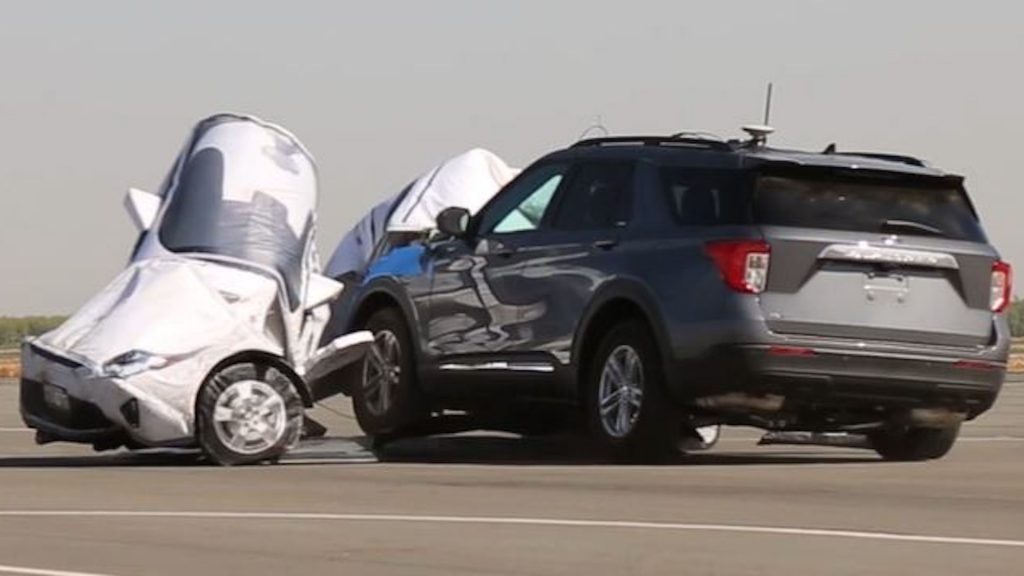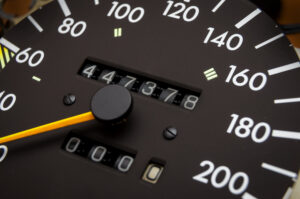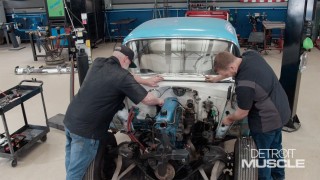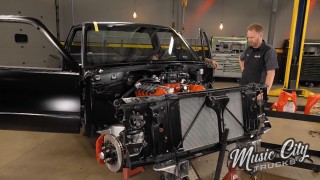AAA Says Automatic Emergency Braking Isn’t That Reliable

Often seen as essential safety technology, Automatic Emergency Braking (AEB) comes as standard equipment in most new vehicles in the U.S. Many instances have resulted in AEB reducing rear-end collisions which can result in injuries, property damage, and death.
So AAA wanted to find out just how reliable the latest version of AEB can handle vehicles moving at faster speeds and sense moving objects in front of it while in an intersection. Results showed to be unsatisfactory in both areas.
“Automatic Emergency Braking does well at tackling the limited task it was designed to do. Unfortunately, that task was drawn up years ago, and regulator’s slow-speed crash standards haven’t evolved,” says Greg Brannon, director of AAA’s automotive engineering and industry relations. “Testing requirements for this technology, or any vehicle safety system for that matter, must be updated to handle faster, more realistic speeds and scenarios with the greatest safety benefit for drivers.”
By using forward-facing cameras and sensors, AEB will automatically apply the brakes to a car in order to prevent an auto collision. While it had certainly helped reduce the amount of rear-end crashes at low speeds, the technology continues to grow and develop to function under many other circumstances.
The most dangerous crashes that occur at intersections are T-bones, and hitting an oncoming vehicle during a left turn. Nearly 40% of auto-related fatalities stemmed from these two instances from 2016 to 2020.
For the test, AAA put a vehicle up against a dummy car to determine the reliability of its AEB under the following circumstances:
- AEB rear-end crash performance when encountering a stationary vehicle at speeds of 30 and 40 mph (currently mandated testing speeds are 12 and 25 mph)
- AEB performance when encountering moving vehicles in collision scenarios involving an intersection – T-bone and unprotected left turn (test vehicle turning left in front of an oncoming car)
In the end, the AEB successfully prevented 17 out of 20 rear-end collisions while traveling at 30 mph. For the three moments that resulted in a crash, the impact’s speed was drastically reduced by 86%.
However, while travelling at 40 mph, only 6 out of 20 rear-end collisions were prevented.
For the tests involving T-bones and left-turns at oncoming vehicles, 20 out of the 20 attempts resulted in a crash. The AEB failed to recognize the other vehicle in time, leading to an accident.
So what does this mean? Until automakers are able to develop and improve upon detecting accidents at higher speeds and other directions, AAA urgers these manufacturers to concentrate more on system design and continuously put their new AEB to the test under many common circumstances. In the meantime, AAA recommends drivers to stay more alert and engaged behind the wheel for other drivers.
Want to read more articles like this?
Join the PowerNation Email NewsletterRead More from PowerNation
- Chapters
- descriptions off, selected
- captions off, selected
- default, selected
This is a modal window.









